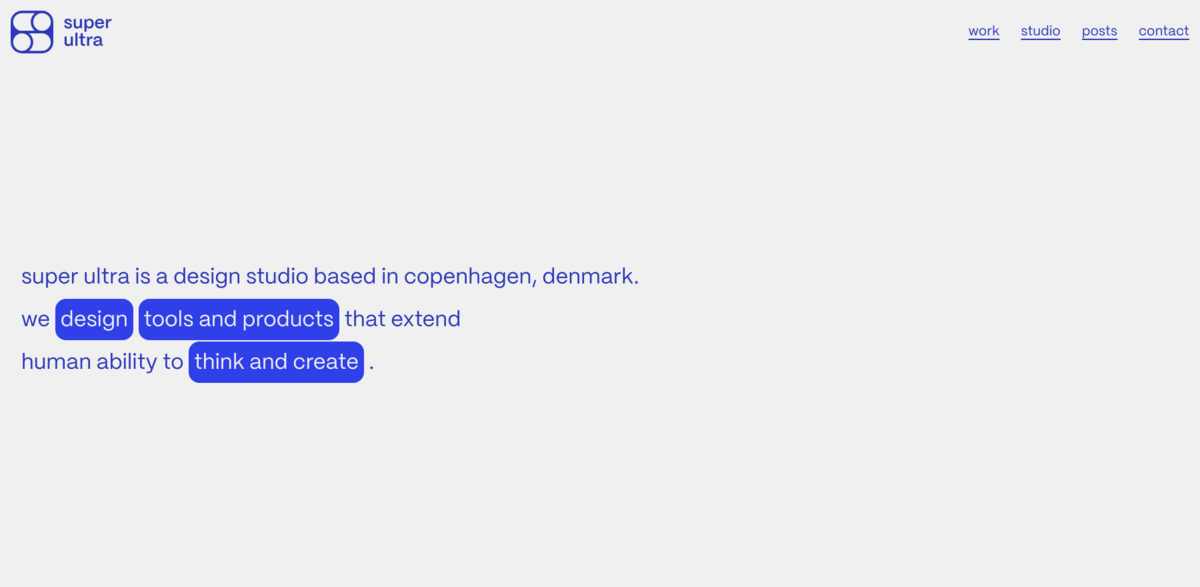What the Stenbroen Festival Project Is All About
The Stenbroen Festival in 2023 was a unique creative challenge commissioned by Brandhouse. The goal? To develop a generative and parametric audio-based typeface specifically for a local music festival in Copenhagen. Imagine this: each band’s name isn’t just written out — it’s visually crafted using their own music. Pretty cool, right? The whole concept draws inspiration from analog vinyl records. Just like tiny changes in a record’s groove make a needle vibrate and produce sound, this project turned audio tracks into visual, continuous 3D grooves. From the initial idea to the first sketches, the process moved lightning-fast — just a matter of hours. Combining audio analysis with 3D technology, the team created an application that reads an audio track and renders it as a seamless 3D groove, bringing music and typography together in a fresh, innovative way.
Main Benefits of the Stenbroen Festival Typeface
Here are some key figures and facts that highlight the project’s standout benefits:
- Client: Brandhouse, a creative agency known for pushing boundaries
- Event: Local music festival in Copenhagen, 2023
- Unique feature: Each band name visually represents its own music
- Inspiration: Analog vinyl records and their microscopic groove changes
- Speed: From concept to first sketches in just a few hours
- Technology: Combination of audio analysis and 3D rendering
- Output: Continuous 3D grooves that visually encode sound
The Creative Spark Behind the Typeface
What really sets this project apart is the clever use of analog vinyl record mechanics as a creative springboard. The way a needle vibrates along the grooves to produce sound was reimagined visually. Instead of just hearing the music, you can actually see it — in the form of a typeface that’s literally shaped by the audio itself. This approach blurs the line between sound and sight, making the music festival’s branding feel alive and deeply connected to the artists. It’s a fresh take on how typography can interact with other media, and it opens up exciting possibilities for future design projects.
Technical Aspects and Implementation
The technical side involved a smart blend of audio processing and 3D modeling. The application developed for this project analyzes an audio track, detecting the nuances and variations in sound waves. These audio signals are then translated into a continuous 3D groove — think of it as a digital vinyl record that you can actually see. This parametric design means the typeface isn’t static; it’s dynamic and unique for every band. The rapid transition from concept to prototype also shows how agile and innovative the development process was, with a strong focus on marrying technology and creativity seamlessly.
Why This Matters for Music and Design
Bringing music and typography together in this way isn’t just a cool gimmick — it’s a meaningful exploration of how different art forms can intersect. For the Stenbroen Festival, this meant giving each band a visual identity that’s as unique as their sound. It also offers festival-goers a new way to experience music, beyond just listening. This project highlights how design can deepen engagement and create memorable experiences. Plus, it’s a nod to the analog roots of music, celebrating vinyl records in a modern, digital context. It’s a bridge between past and present, sound and sight, tech and art.
Project Impact and Sustainable Development Goals (SDGs)
- SDG 9: Industry, Innovation, and Infrastructure — through innovative use of technology in design
- SDG 11: Sustainable Cities and Communities — supporting local cultural events and community engagement
- SDG 12: Responsible Consumption and Production — promoting digital design methods that reduce physical waste
- SDG 4: Quality Education — inspiring new ways to learn about sound, design, and technology
Looking Ahead: The Future of Audio-Visual Typography
The Stenbroen Festival project opens up exciting possibilities for future explorations in audio-visual typography. Imagine other events or brands using their own sounds to create unique visual identities. This approach could revolutionize how music festivals, artists, and even companies think about branding — making it more personal, interactive, and immersive. Plus, with rapid advancements in audio analysis and 3D rendering, the potential for even more complex and expressive designs is huge. It’s a glimpse into a future where sound and sight don’t just coexist but truly merge to tell stories in new and unexpected ways.





















